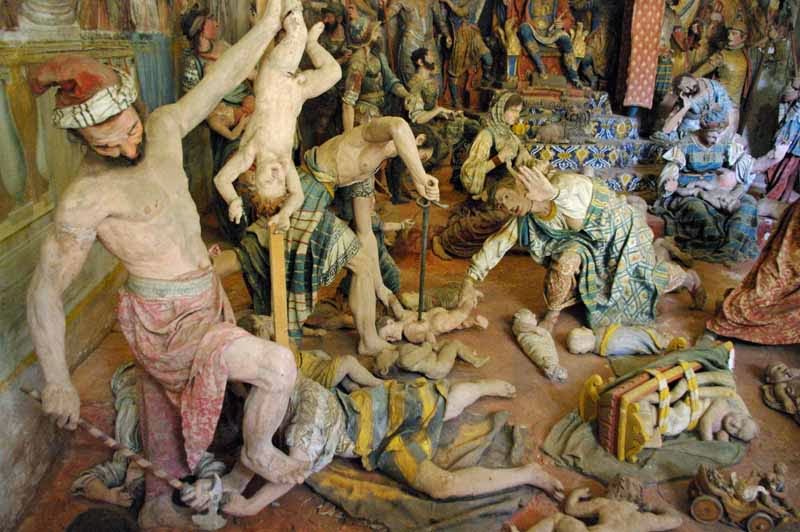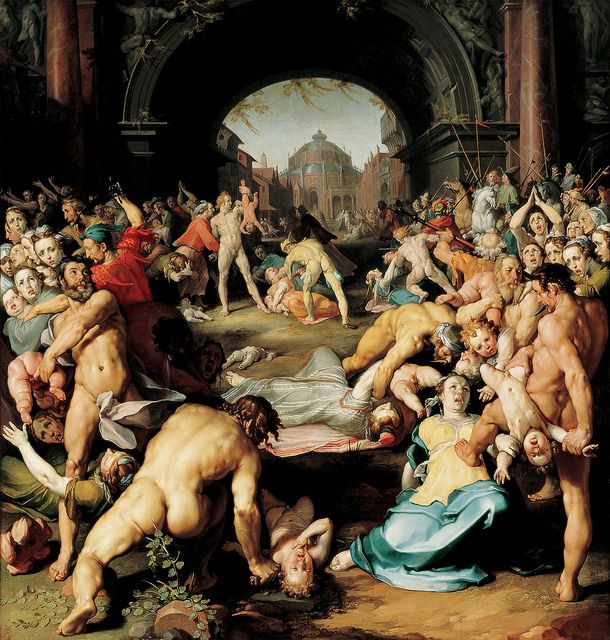
In the heart of winter, as the days grow shorter and the chill creeps into the folds of our clothes, our collective memory turns to a narrative of lost innocence and historic cruelty: the Massacre of the Innocents. On December 28, the Church commemorates these little martyrs, victims of the fury of a king whom history has not forgotten.
This dark yet meaningful story has inspired generations of artists who have captured their personal outcry against injustice on canvas and stone. There is no need for symbols or allegories to recognize the theme: the scene speaks for itself, with a universal language of pain and compassion.
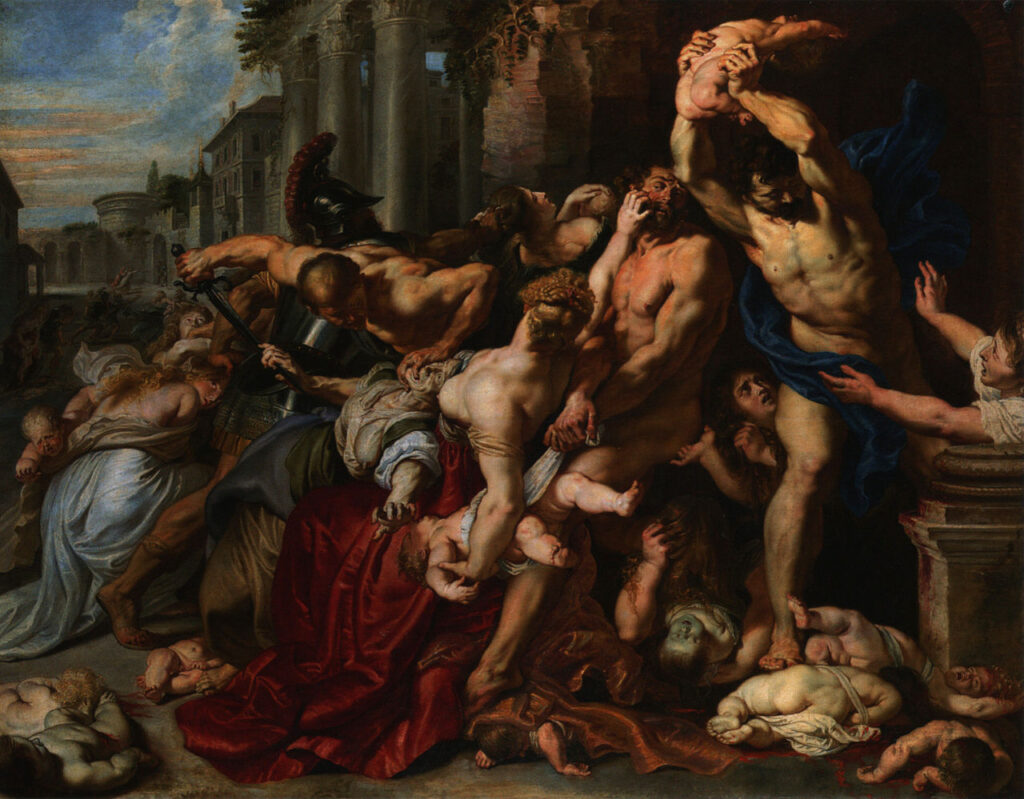
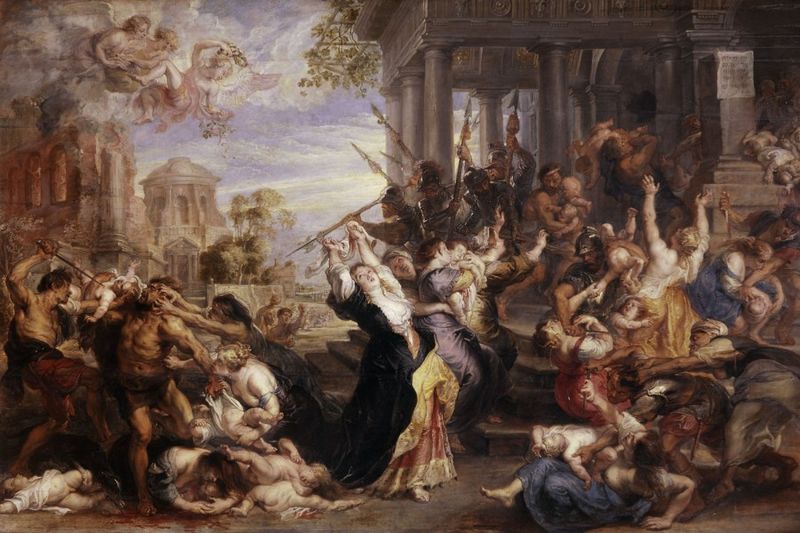
Among the most poignant interpretations are those by Peter Paul Rubens, whose brushstrokes captured the essence of terror and despair in two nearly identical works, housed in Canada and Germany. His unfiltered vision forces us not to look away, confronting us with the fragility of life and the madness of power.
Tintoretto, with his “Massacre of the Innocents” in Venice, invites us to ponder the tragedy through a tumult of bodies and expressions that seem to leap off the canvas. Meanwhile, Cornelis van Haarlem, in the silence of his Dutch museum, tells the same story with an equally tangible realism.
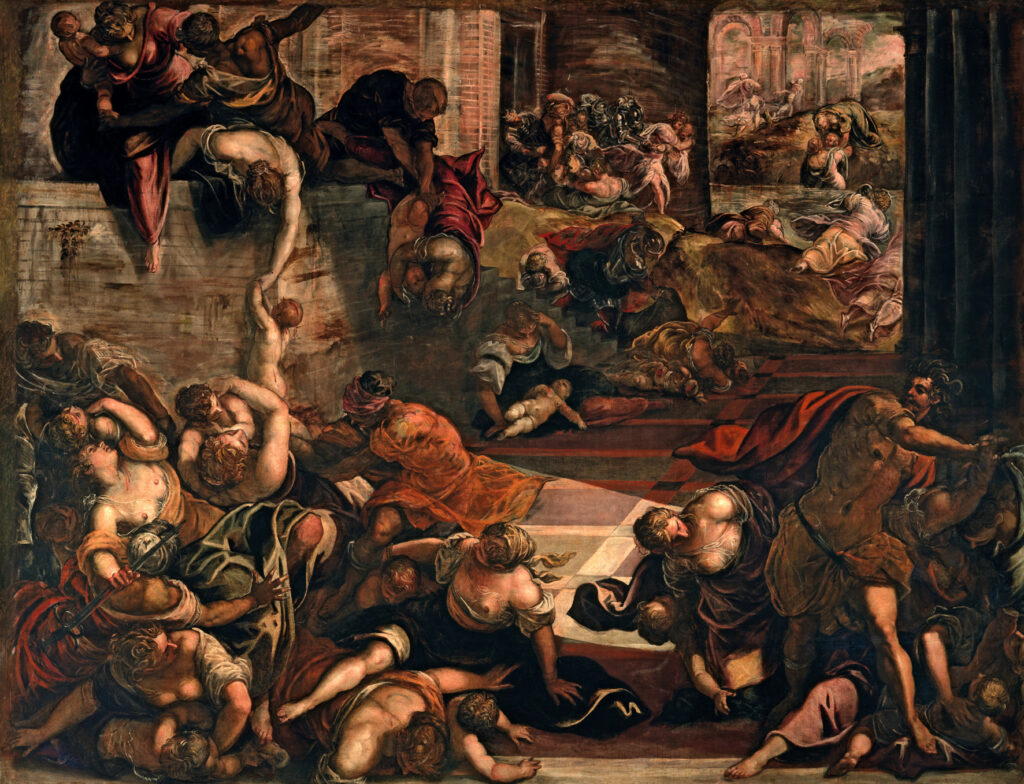
Perhaps it is Giotto, with his depiction in the Scrovegni Chapel in Padua, who offers a more intimate and personal view, where each figure seems to have a story to tell, a destiny interrupted that we can only imagine.
And then there are the sculptures at the Sacro Monte di Varallo, where marble and terracotta come to life under the hands of artists like Giacomo Paracca Bargnola and Michele Prestinari, and the frescoes by Giovanni Battista della Rovere, together creating a mosaic of emotions carved in time.
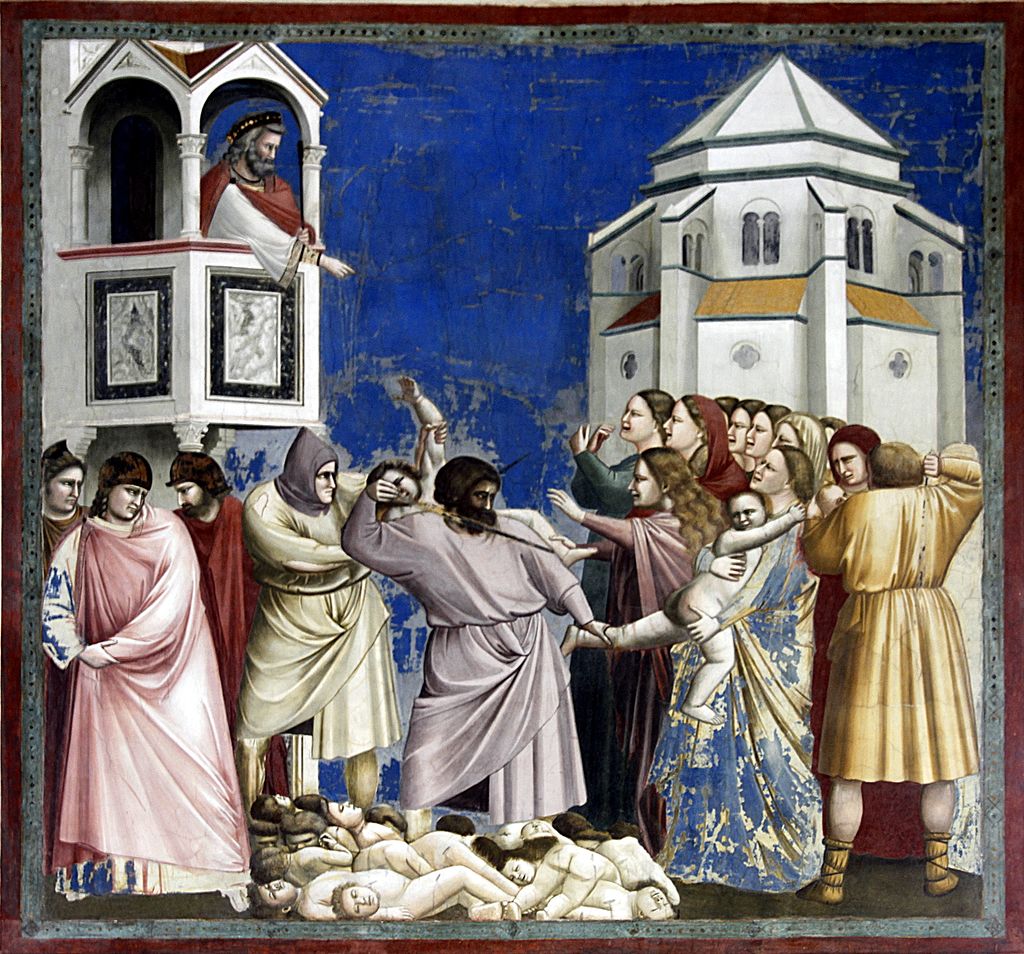
These works, despite their diverse styles and eras, share a common thread: the ability to touch the soul of the viewer, to evoke deep feelings and stimulate reflection that goes beyond the surface of the image. They are windows open to a distant past, but also mirrors in which we can see reflected the conflicts and tragedies of our time.
Through these creations, art becomes a witness and memory, a vehicle for a message that, despite the centuries, has not lost its urgency. And we, as observers in a museum or pilgrims before an ancient chapel, are faced with a choice: to turn the page or to pause and reflect, allowing those images to speak to us and guide us on an inner journey that is, in the end, the true purpose of every true work of art.
